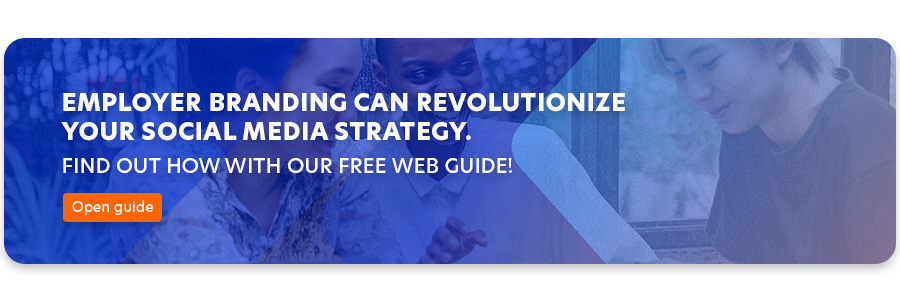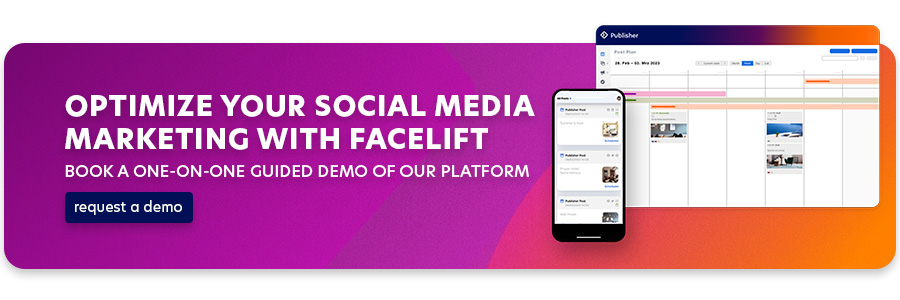Mobile first. So is social media. Working flexibly and efficiently is key. One strategy that is becoming increasingly popular is the "bring your own device" (BYOD) concept. For social media managers in particular, integrating BYOD into the workflow can bring many benefits. In this article, we look at the benefits, challenges, and best practices of BYOD in social media management.
What is BYOD?
"Bring Your Own Device" refers to the practice of allowing employees to use their own personal devices, such as laptops, smartphones, and tablets, for work purposes.
In the context of social media management, this means allowing social media managers to use their own devices to perform tasks such as content creation, post scheduling, community interaction, and data analysis.
Benefits of BYOD for social media management
- Familiarity and productivity: Because social media managers are already familiar with their own devices, they can work seamlessly and be more productive.
- Flexibility: BYOD allows social media managers to work from anywhere, whether in the office, at home, or on the road. This is especially useful for responding immediately to current trends and events.
- User preferences: Everyone has different preferences and ways of working. BYOD allows social media managers to use the devices and applications of their choice to create the best working environment.
- Up-to-date software and tools: Many settings and features are only available in social media applications. BYOD can provide a way to realize the full potential of social media marketing. The Facelift app makes our cloud services mobile ready.
- Cost savings: Companies can save on the cost of purchasing and maintaining devices by allowing employees to use their own devices. This can result in significant cost savings, especially for large organizations.
- Reduced training: Because employees are already familiar with their own devices, there is no need for extensive training on how to use corporate devices and software.

Challenges of BYOD:
- Data security and privacy: This aspect is two-dimensional. Accessing sensitive corporate data from personal devices can pose security risks. It is important to implement effective security protocols to prevent data leakage.
At the same time, organizations must ensure that the personal data of employees and customers on BYOD devices is adequately protected. Compliance with data protection laws, such as the EU's General Data Protection Regulation (GDPR) or similar laws in other regions, is essential. This may include the handling of personal data, the consent of employees:inside to process their data, and the security of the data on the devices. - Lack of control: One aspect that arises from the nature of BYOD is that organizations have less control over the devices on which corporate data is stored and processed. This can lead to inconsistencies in software versions, security patches and configurations, increasing security and support issues. When an employee leaves the company or stops using the personal device for business purposes, it can be difficult to ensure that all business data is securely removed.
- What if shit happens? What sounds so harmless could be a real risk. What's the saying? You can't make an omelet without breaking some eggs. It is important to define who is liable for potential damages such as unauthorized access, data loss or theft that may occur in connection with the use of BYOD devices. Companies should clearly define liability provisions in their use policies to avoid potential litigation.
- Device compatibility: While less of an issue in social media management, different devices and operating systems can create compatibility issues that make collaboration difficult. For example, when Mac and Microsoft operating systems are used simultaneously. At the same time, managing this variety of devices is a maintenance and support challenge for the IT department.
- Mental load: The use of personal devices for work purposes can blur the line between work and personal time. Employees may have difficulty unplugging and relaxing if they are constantly exposed to work demands on their personal devices. In the long run, this can lead to burnout and stress. Many employees worry that their personal devices are being monitored by employers to track their activities or evaluate their performance.
- Costs: Although BYOD can result in cost savings in some cases as employees use their own devices, it can also result in additional costs for security measures, training, software licensing, and technical support.
Best practices for BYOD in social media management:
- Create security policies: Create clear security policies that govern the handling of company data and protection against unauthorized access. Companies should create clear usage policies that govern the use of private devices for business purposes. These policies should include both the company's expectations and the rights and responsibilities of employees. They could cover topics such as the applications allowed, the use of corporate networks, and the handling of confidential information.
- Security 2.0: Organizations should implement security policies to ensure that BYOD devices are adequately protected. This may include the use of encryption, passwords, biometric authentication, and remote wipe capabilities in the event of loss or theft. What does Facelift actually do to ensure your security?
- Training and awareness: Ensure that social media managers are trained in secure use and are aware of privacy issues.
- Regular updates: Require employees to regularly update their devices to receive the latest security patches and software updates.
- Mobile Device Management (MDM): Implement MDM software to manage devices, enforce security policies, and remotely wipe data in an emergency. MDM allows IT administrators to centrally manage BYOD devices. This includes the ability to install and update corporate applications, remotely configure email accounts and wireless settings, and block or remove unauthorized applications. MDM enables the separation of work and personal data and applications on the same device. This increases security and prevents inadvertent compromise of corporate data.
Conclusion: BYOD requires careful consideration of opportunities and risks
BYOD can be a powerful strategy for social media managers to be more efficient and flexible. With clear security policies, technology management, and training, the potential benefits of BYOD can be realized while minimizing the risks.
By combining personal devices with best practices, social media managers can maximize their creativity and efficiency in the ever-changing world of social media.
Are you ready to get started in social media marketing? Then contact us for a no-obligation demo and we'll evaluate together how Facelift can take your social media marketing to the next level.







